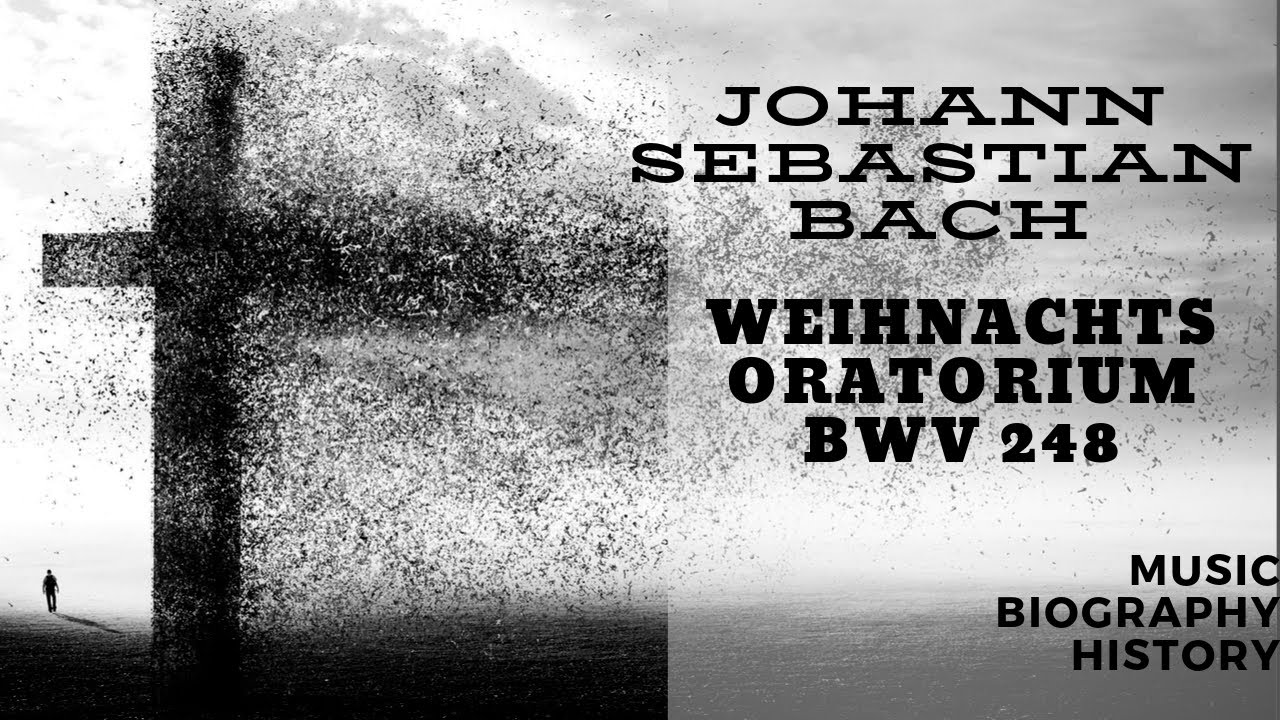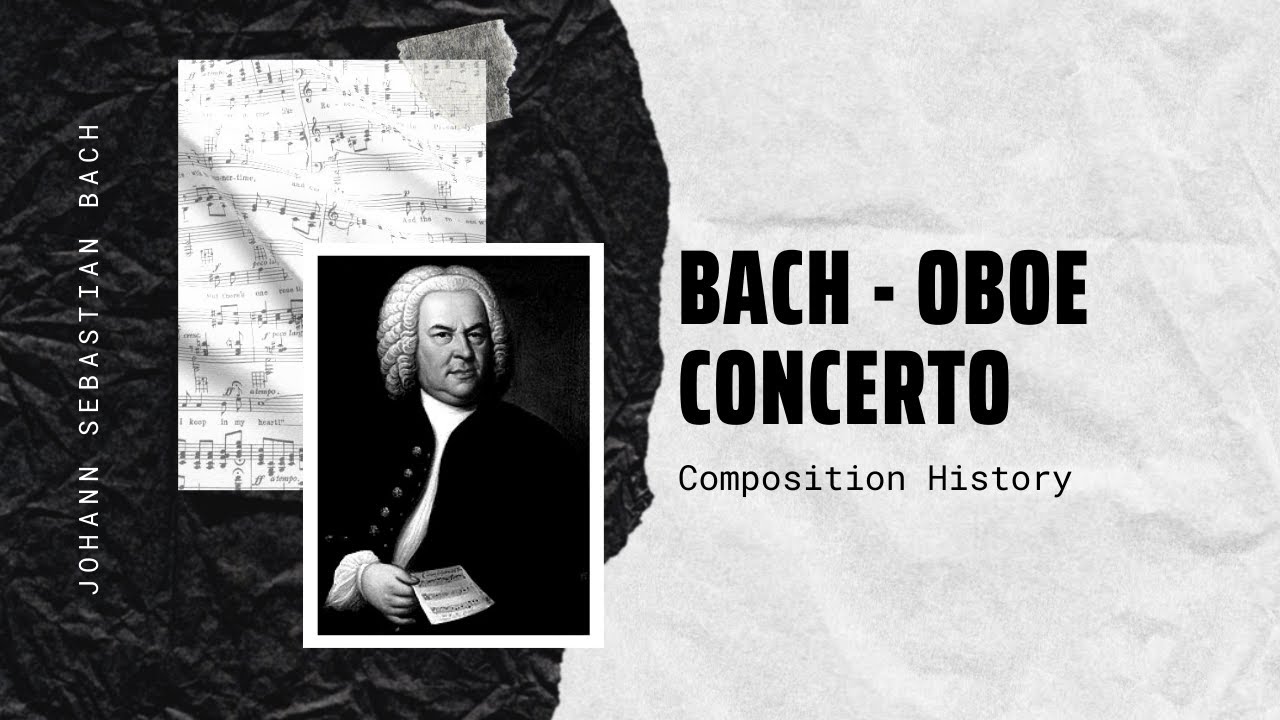
Bach – Es ist das Heil uns kommen her BWV 9
Johann Sebastian Bach – Es ist das Heil uns kommen her BWV 9 Johann Sebastian Bach (31 March [O.S. 21 March] 1685 – 28 July 1750)[…]

Bach – Concerto for 4 Harpsichords & Orchestra in A minor
Johann Sebastian Bach – Concerto for 4 Harpsichords & Orchestra in A minor Johann Sebastian Bach (31 March [O.S. 21 March] 1685 – 28 July 1750)[…]

Bach – Suite No. 1 BWW 1007
Johann Sebastian Bach Johann Sebastian Bach (31 March [O.S. 21 March] 1685 – 28 July 1750) was a German composer and musician of the Baroque period.[…]

Bach – Weihnachts Oratorium BWV 248
Johann Sebastian Bach The Christmas Oratorio (German: Weihnachts-Oratorium), BWV 248, is an oratorio by Johann Sebastian Bach intended for performance in church during the Christmas season.[…]

Bach – Johannes Passion BWV 245
Johann Sebastian Bach Johannes Passion BWV 245 Primeira parte 1. 10:14 Coro: Herr, unser Herrscher, dessen Ruhm in allen Landen herrlich ist! 2. 3:02 2a. Evangelista, Jesus: Jesus ging mit[…]

Bach – Kantate BWV 80
Johann Sebastian Bach Ein feste Burg ist unser Gott (“A Mighty Fortress Is Our God”), BWV 80 (also: BWV 80.3), is a chorale cantata for Reformation[…]

Bach – Oboe Concerto
Johann Sebastian Bach Johann Sebastian Bach (31 March [O.S. 21 March] 1685 – 28 July 1750) was a German composer and musician of the Baroque period.[…]

Bach – Vater unser im Himmelreich
Johann Sebastian Bach – Vater unser in Himnelreich “Vater unser im Himmelreich” (Our Father in Heaven) is a Lutheran hymn in German by Martin Luther. He[…]

Bach – Wachet Auf
Wachet auf, ruft uns die Stimme (‘Awake, calls the voice to us’),[1] BWV 140, also known as Sleepers Wake, is a church cantata by Johann[…]

The Best of Bach
Johann Sebastian Bach (31 March [O.S. 21 March] 1685 – 28 July 1750) was a German composer and musician of the Baroque period. He is[…]